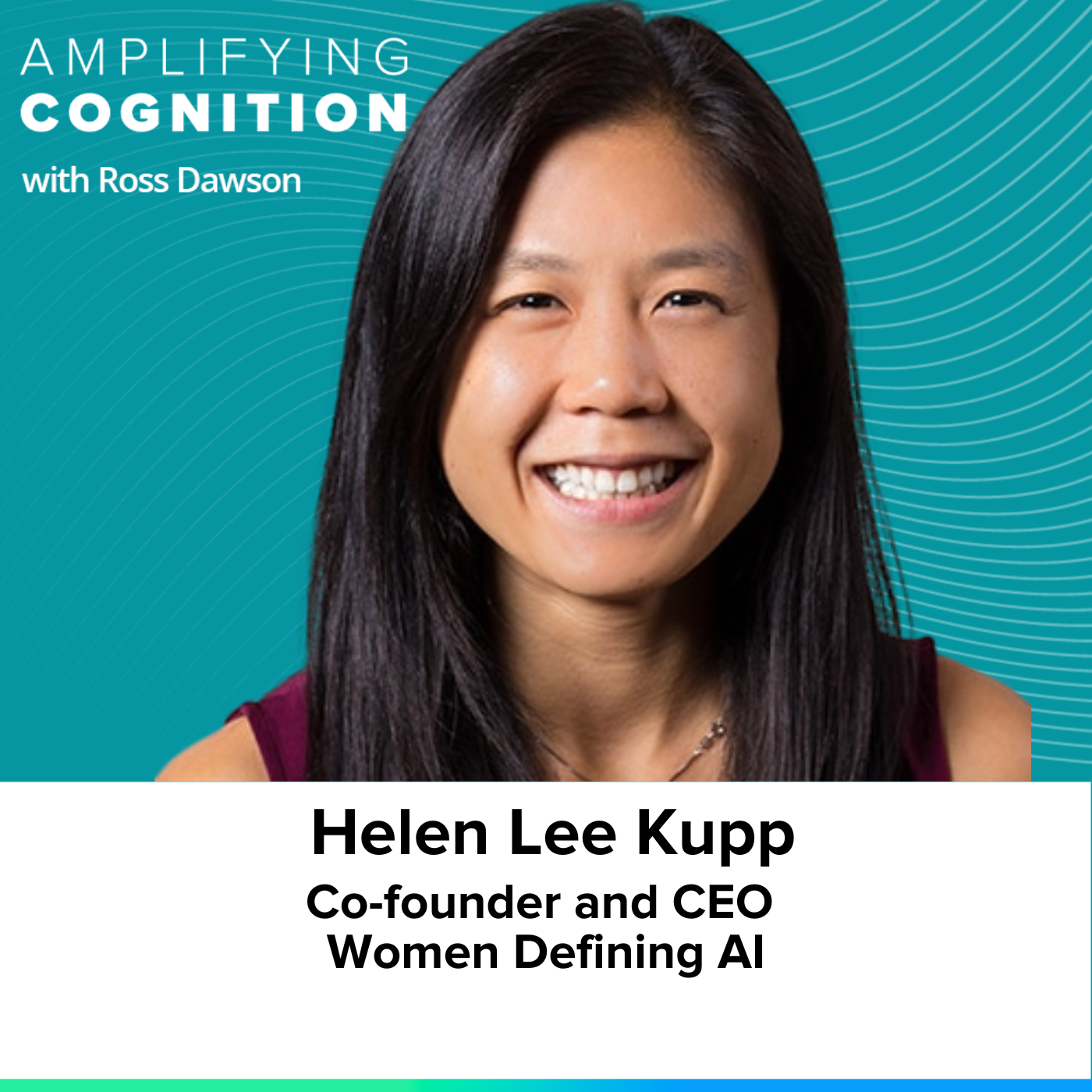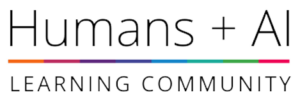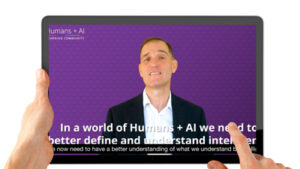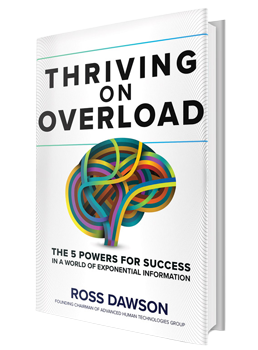“I’m cautiously optimistic because never before has technology been as accessible as it is now—being able to interact with machines in a way that feels so natural to us, rather than in ones and zeros or more technical ways. AI shouldn’t replace what exists but augment and enhance our creativity, helping us tap into what makes us uniquely human.”
– Helen Lee Kupp
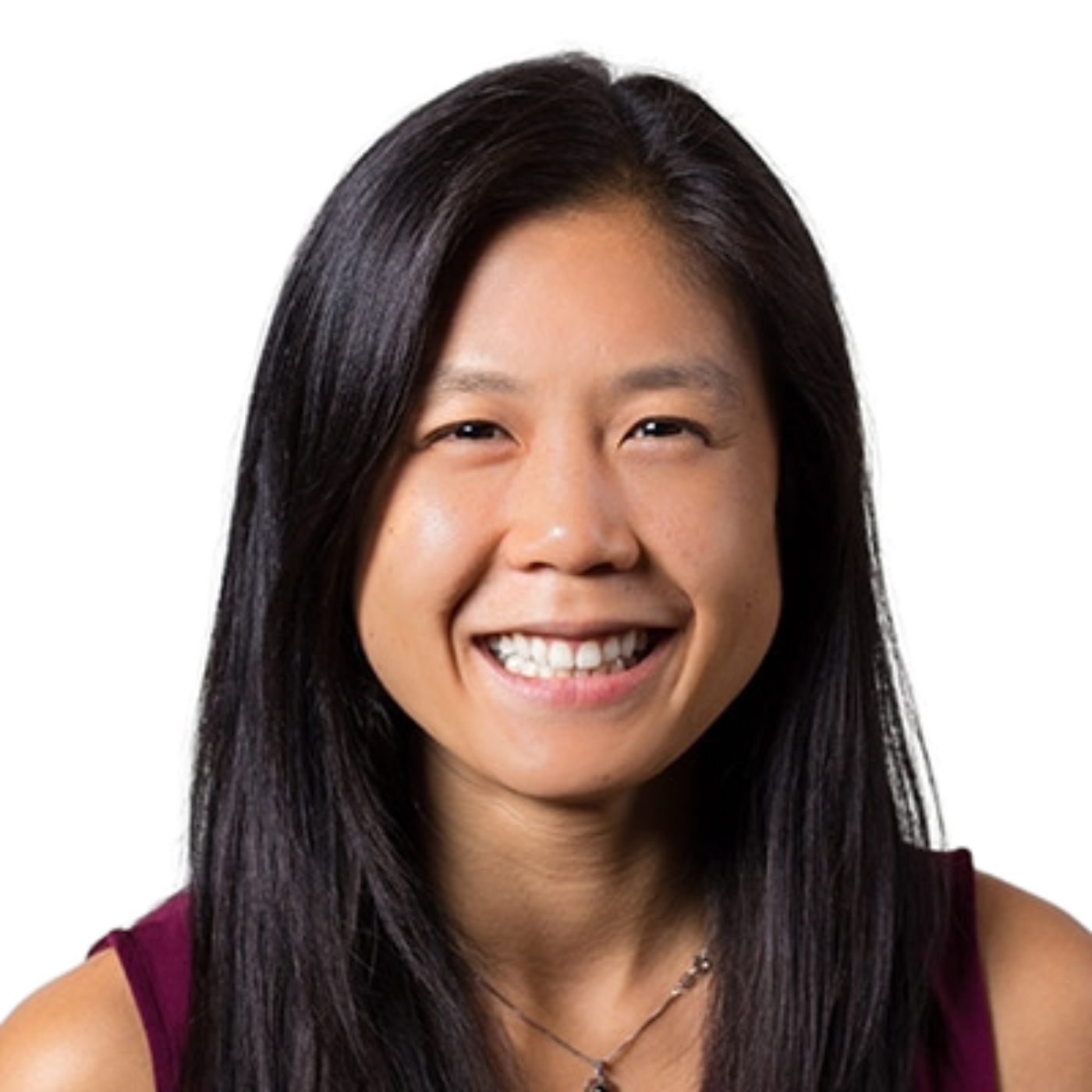
About Helen Lee Kupp
Helen Lee Kupp is co-founder and CEO of Women Defining AI, a community of female leaders applying and driving AI. She was previously leader of strategy and analytics at Slack and co-founder of its Future Forum. She is co-author of the best-selling book “How the Future Works: Leading Flexible Teams to do the Best Work of Their Lives”.
What you will learn
- Redefining collaboration in the AI era
- Unlocking human potential through technology
- Why flexible work matters more than ever
- The power of diverse perspectives in AI
- Balancing optimism and caution in AI adoption
- How leaders can foster innovation from the ground up
- Women defining AI and shaping the future
Episode Resources
People
Companies & Organizations
Technical Terms & Concepts
- AI (Artificial Intelligence)
- Generative AI
- Large Language Model (LLM)
- Non-deterministic
- AI policy
- AI adoption
- Machine learning (ML)
- Human-in-the-loop
Transcript
Ross Dawson: Helen, it is a delight to have you on the show.
Helen Lee Kupp: It’s good to be here. I love how we first started talking over an AI research paper. It was very random but awesome.
Ross: Well, that’s pushing the edges, trying to find what’s out there and see what comes on the other side. AI is emerging, and we’re sitting alongside each other. How are you feeling about today and how humans and AI are coming together?
Helen: I feel cautiously optimistic, and part of that is because I’ve been in tech for so long. Prior to getting much deeper into AI, I was working on flexible work and research around how to rethink and redesign how we, as humans, collaborate in a way that is more personalized, more customized, and helps more people bring their best selves to work and do their best work.
It was serendipitous that around the same time, there was an increase in AI innovation. Now, we had technology to pair with the equation of redesigning work. COVID forced us to rethink work, not just from a people and process perspective but alongside rapid technological change. I’m cautiously optimistic because never before has technology been as accessible as it is now. We can interact with machines in a way that feels so natural rather than in ones and zeros or technical ways.
Ross: I’m very aligned with that. One of the things you said was “bring your best self to work.” I think of it as human potential. If we’re creating a future of work, we have potential futures that are not so great and others that are very positive, where people express more of who they are and their capabilities. How can we create organizations like that?
Helen: It starts with recognizing that everyone has different preferences and work styles. Organizations, teams, and leaders need to meet people where they are rather than force them into rigid structures that worked in the past.
I often share this story—I’m deeply introverted. Despite jumping onto this podcast with you, I have always been an introvert. Navigating an extroverted world takes extra energy. In traditional office and meeting environments, I had to work harder to show up. However, when I had more diverse formats to interact with my team and leadership, it unlocked something for me.
Instead of pretending to be the loudest in the room, I could find my own ways of expressing ideas—through text, written formats, or chat. It made work easier for me. When you think about how that manifests across a team, leaders and organizations must avoid putting rigid boxes around collaboration—whether it’s the hours we work or the place where we work. Increasing flexibility enables people to express themselves and bring forward ideas that might otherwise remain hidden.
Ross: That’s a compelling vision. How do you bring that to reality? What do you do inside an organization to foster and enable that?
Helen: One of the tools that helped in our research on the future of work and redesigning organizations is something simple—creating a team operating manual.
The act of explicitly writing down the different ways we interact as a team opens up discussions. It allows for feedback: “Does this work for you? Should we try something different?” When these conversations don’t happen, implied assumptions remain—such as the norm of working in an office from nine to five.
Explicitly stating and questioning these assumptions is step one. Then, organizations should give teams and managers the flexibility to define how they work within their sub-teams. Having operating manuals, sharing what works for your team, and bubbling up insights allow for a more bottom-up approach rather than a top-down one. It treats people like adults who understand their preferences and styles.
Ross: That’s really nice. PepsiCo had an initiative where teams coordinated among themselves to determine their availability and collaboration methods. I wonder if we can push that further. People are often conditioned to fit into roles and adjust to their environments. Can we help people recognize their self-imposed constraints and flourish beyond them?
Helen: This is where I’m cautiously optimistic about AI and how we integrate technology into work. When people start using AI, the initial question is often, “How can I do this more efficiently?” AI is a powerful tool that shortens tasks—like a calculator removing the need for mental math.
However, once people move beyond efficiency, they begin asking, “What can I do differently?” AI allows us to do things we couldn’t before. It helps break conventional thinking. For example, if you use a large language model to generate 10 variations of an idea, it removes emotional bias. It shifts the conversation from defending one perspective to evaluating multiple ideas. This fosters creative discourse and integrates seamlessly into workflows without feeling like extra work.
AI should not replace what exists but augment and enhance our creativity—helping us tap into what makes us uniquely human.
Ross: So, AI helps individuals bring different perspectives and expand their thinking?
Helen: Exactly. One of my favorite things to do with large language models is to open up the funnel. Whether it’s brainstorming writing styles, problem-solving, or scoping solutions, AI presents multiple potential paths. This reminds us that there is no single correct answer—only possibilities to explore.
Ross: Gregory Bateson said wisdom comes from multiple perspectives. We now have multiple perspectives on demand. You work with leaders to redesign organizations. What guidance do you suggest? How can organizations evolve from existing structures?
Helen: I don’t have the perfect answer for what the shape of organizations should be. However, we’ve been transitioning from hierarchical structures to teams-of-teams for a while, with varying success. The biggest challenge is breaking out of our mental paradigms of control.
Flexible work means allowing managers and teams to design their workdays and collaboration methods rather than enforcing a company-wide approach. AI introduces another paradigm shift—it behaves unpredictably compared to traditional technology. Leaders must accept that they don’t have all the answers.
Some of the best AI-driven innovations come from employees who work closely with the technology daily. For example, a data scientist evaluating AI’s role in data processing can quickly identify where it adds value and where it falls short. These innovations emerge at the edges, from individuals experimenting in real time.
Leaders must create environments where experimentation, sharing, and collaboration thrive. Instead of dictating policies top-down, they should spotlight grassroots innovations and scale them across the organization.
Ross: So, you’re describing emergence—where leaders set conditions for innovation rather than dictate precise rules?
Helen: Exactly. Constraints breed creativity. If there are no guardrails or structures, people stick to the status quo and don’t innovate. Leaders must provide the right nudges—whether through hackathons, dedicated experimentation time, or open Slack channels to share discoveries.
Some organizations set up “experiment hours”—weekly meetings where teams explore AI applications in a low-pressure, fun environment. This fosters creativity and keeps innovation moving.
Ross: That’s a great example. Speaking of multiple perspectives, one of your recent ventures is Women Defining AI. What is it about?
Helen: Women Defining AI started as an experiment about a year and a half ago. I had been working with generative AI models and noticed a significant gender gap in AI adoption. Data showed men adopting AI at higher rates than women, and anecdotally, I saw the same trend.
Initially, it was just a study group where I shared what I was learning with other women. Within days, 50 people joined, and by month two, we had 150 members. It became clear that women wanted a space to ask questions, learn together, and experiment without judgment.
Now, Women Defining AI is a virtual community that helps women at different stages of their AI journey. Whether it’s understanding AI’s role in their work, automating tasks, or building solutions, we guide them in gaining technical confidence and shaping the field. Some members have landed AI-related jobs or joined AI policy teams at their organizations.
Having diverse perspectives in AI is crucial. Women in our community, particularly those from HR and other industries, quickly identify biases and blind spots that might otherwise go unnoticed. We need more voices questioning and shaping AI while we’re still in its early stages.
Ross: That’s fantastic. Looking ahead to 2026, what excites you most?
Helen: Personally, I’m excited about having our third baby! It’s a reminder of the new perspectives each generation brings.
For Women Defining AI, 2025 will be the year we build in public. We’ve been experimenting and learning internally, but now we’re sharing real stories and projects to inspire more builders and technologists.
Ross: That’s fantastic. Thank you for your time, insights, energy, and passion.
Helen: Thanks for having me.
Podcast: Play in new window | Download

